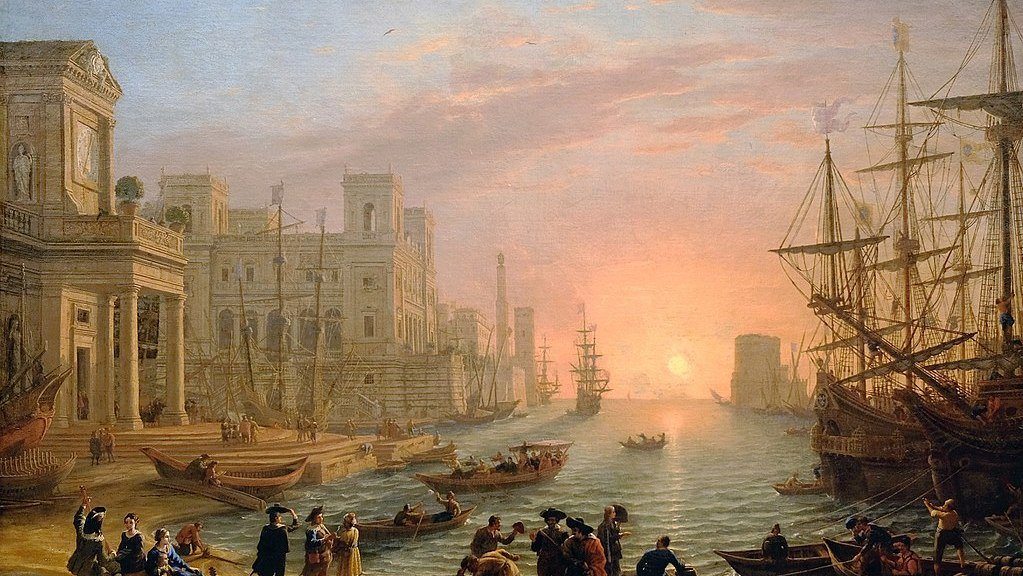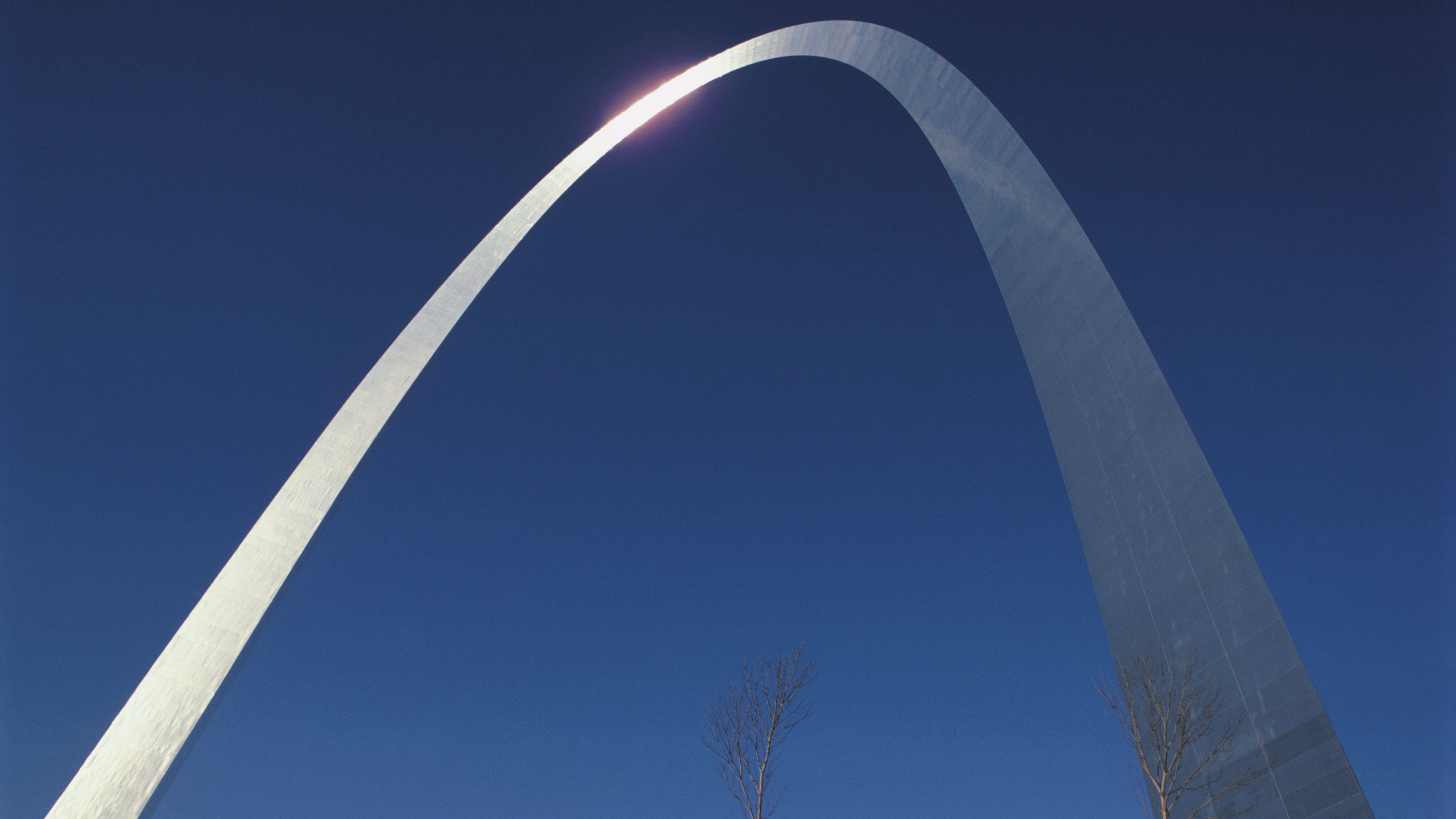George Crumb’s “Dream Images”: Echoes of Faintly Remembered Music
In the score of his Dream Images (Love-Death Music) (Gemini), the American composer George Crumb (b. 1929) writes, “musingly, like the gentle caress of faintly remembered music (flexible and expressive).” This fleeting and atmospheric work for solo piano is the eleventh of twelve Fantasy-Pieces after the Zodiac which make up Crumb’s 1972 collection, Makrokosmos, Volume I, modeled after Bartók. In addition to its reference to astrology, the poetic title suggests the Liebestod (“love death”) of Wagner’s Tristan und Isolde. Notated without …







